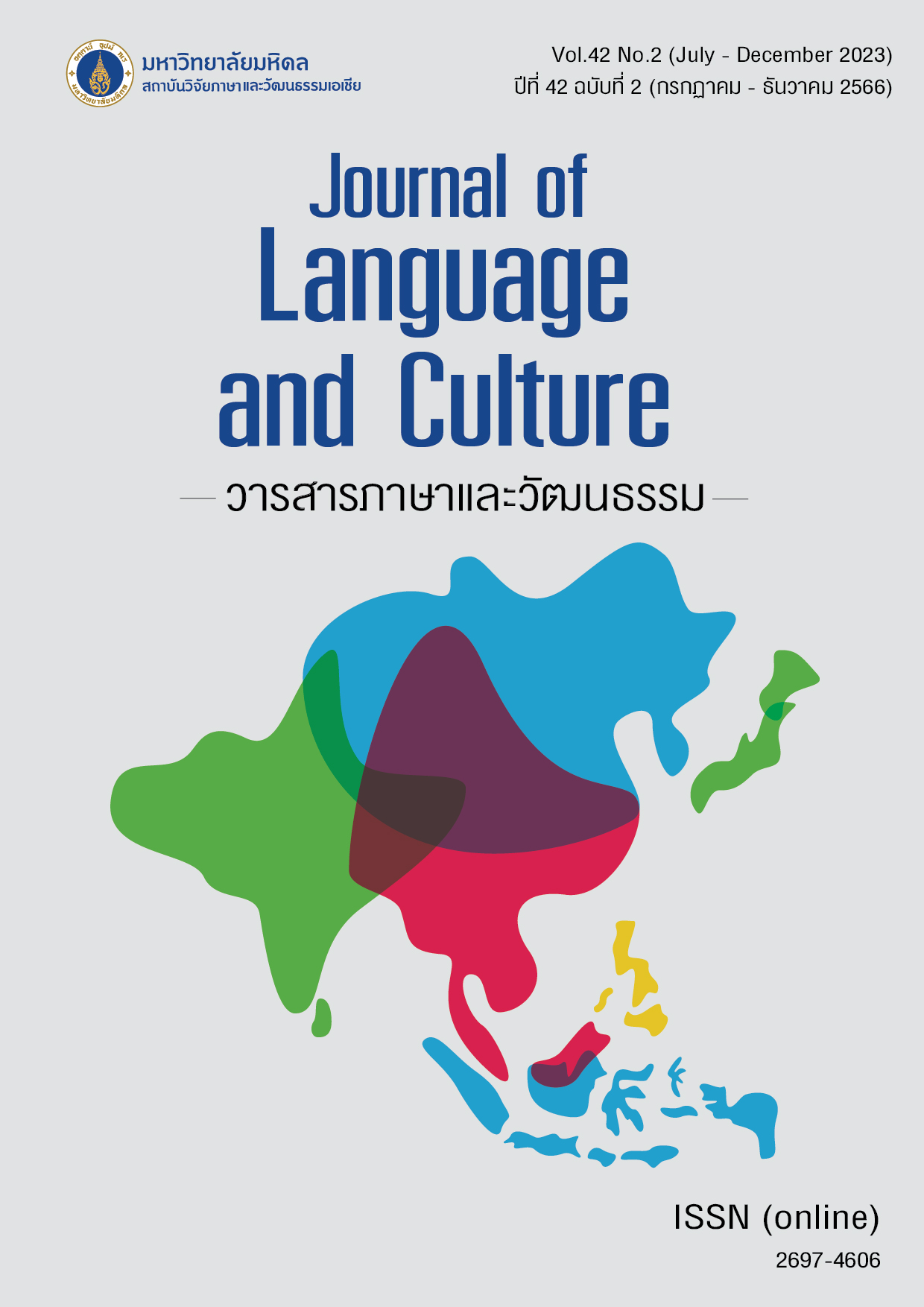Editorial Notes
Northeast Asia and Southeast Asia are two global regions located with a certain geographical symmetry on the western Pacific rim of Eurasia. Each region comprises continuums of internal ethnic and material diversities, the interconnected natures of which have given rise to their longterm historico-cultural coherence. The two regions are the object of extensive research at both national and international levels across a range of disciplines, yet to date there has only been limited research conducted between the two areal fields. Such bilateral research currently focuses on direct transregional connections premised on early maritime trade, common practices of Buddhism, and historical interactions with China and other cultures in Eastern Eurasia.
Significant as these connections are to transasian history and culture, the two regions further share a number of structural parallels, including between their ethno-linguistic topographies, archaeologies, and historical trajectories from early history to modern nation states. Such parallels are at once a product of geographical symmetry, forces of global history, and common international research trends. We believe that through comparative investigation these parallels can yield fresh insights towards both transasian commonalities and regional specificities. Studying such parallels, however, requires sustained cooperative research to enable mutual exchange of knowledge and methods, as has been initiated in the current issue of Journal of Language and Culture.
Published: 29-12-2023


